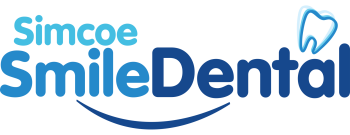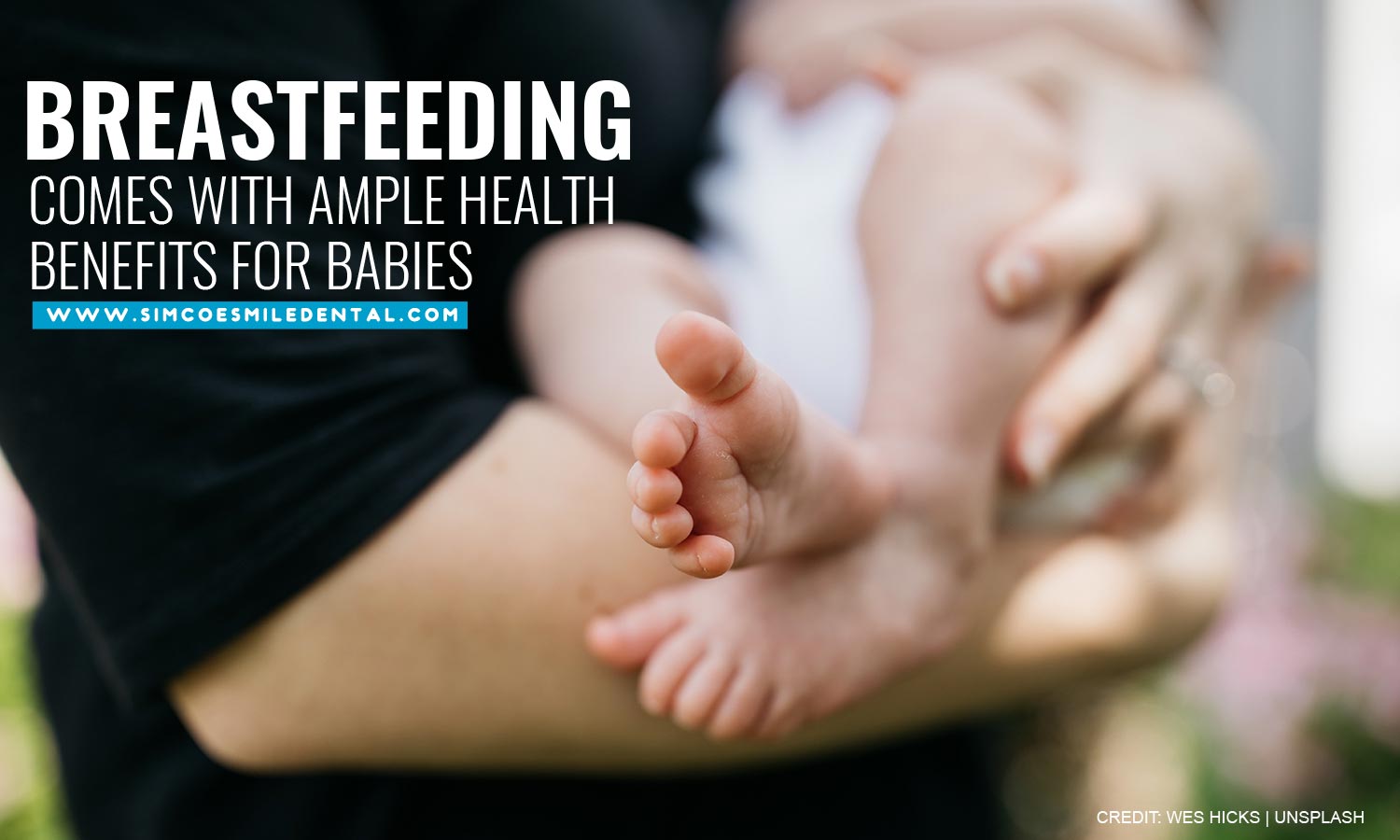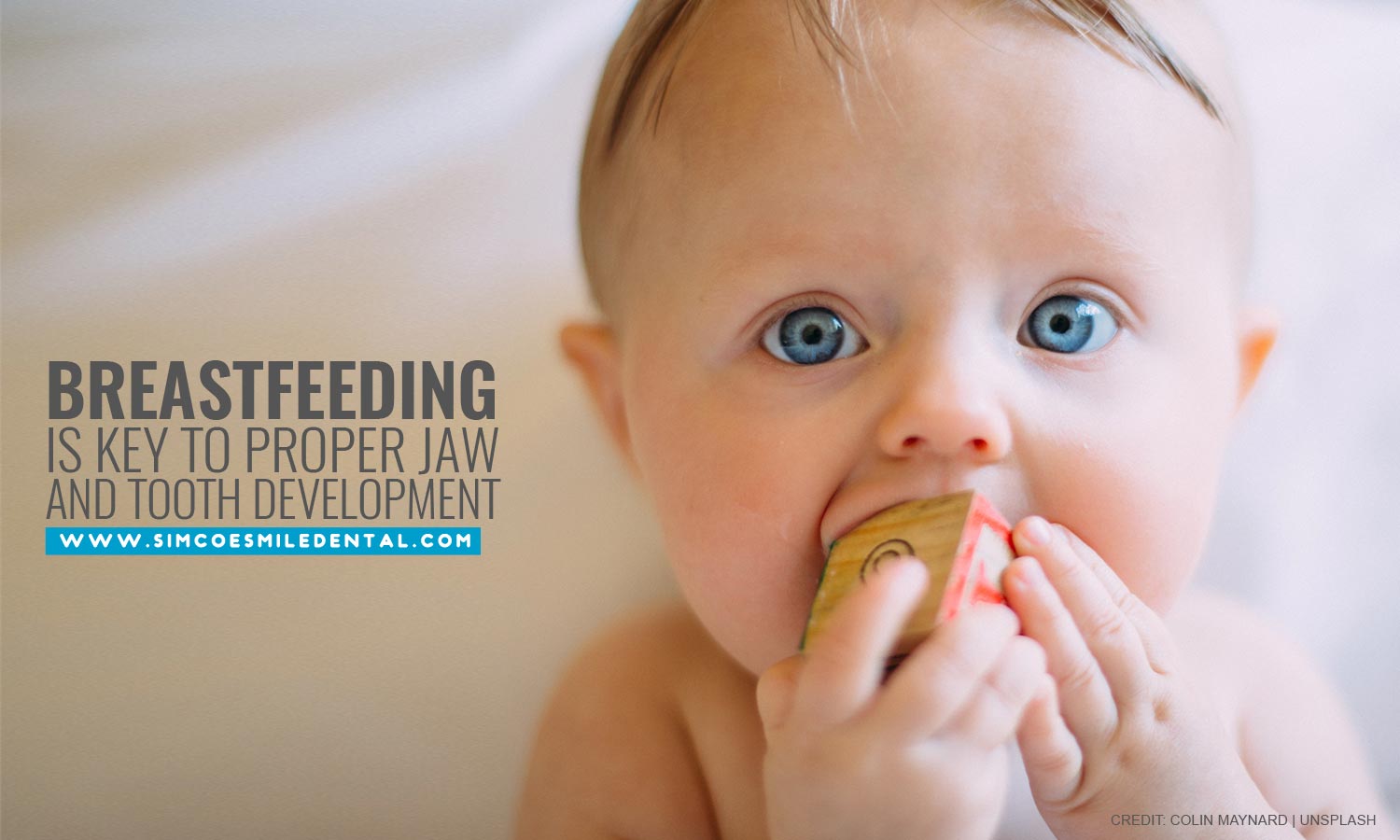The debate between breastfeeding and bottle-feeding is an old one, and both sides have their supporters. In most cases, breastfeeding is the ideal option; it comes with plenty of benefits to help babies through early life and give them a strong head start.
The following functions make up a strong argument for the advantages of breastfeeding:
- Passes antibodies from the mother
Breast milk is rich in antibodies and other factors that protect babies from potential infection. Their presence in a baby’s body is critical for preventing the emergence of diseases like ear infections and diarrhea. - Eases digestion
Breast milk is the quintessential “perfect” food for babies. It contains plenty of components a baby needs for healthy development like protein and fat. Breast milk is also easily digestible, allowing the baby’s digestive system to process it and get those nutrients and minerals more easily. - Raises intelligence
Some studies suggest a connection between higher IQ and breastfeeding. Babies who were breastfed when young tend to have higher levels of cognitive function, which can be a helping hand as they grow older. - Offers greater convenience
Unlike formula, breast milk is more readily available, particularly when the baby needs feeding at inconvenient times. It’s also fresh whenever the baby needs to feed, and generally doesn’t require the use of bottles and synthetic nipples. This also saves you the need for cleaning, sterilizing, and warming up bottles. Finally, breastfeeding is also a more cost-effective option.
As a family dentist may tell you, there are other breastfeeding advantages for your baby’s oral health, particularly in how they develop their teeth and gums.
Breastfeeding and Tooth Decay
One common risk associated with bottle feeding is baby bottle tooth decay. As a baby’s teeth come in, the risk of early childhood tooth decay becomes a possibility, even in young children.
Baby bottle tooth decay typically occurs when babies are put to sleep with a bottle in their mouths, especially ones containing formula, milk, or fruit juice. These drinks contain sugar, and when the baby is put to sleep with the bottle, the drinks tend to pool in the mouth. This tends to bathe the teeth in sugary liquids for prolonged amounts of time, wearing away at the enamel of the teeth, particularly the upper front teeth.
Breastfeeding poses much less of a risk in comparison. Unless the baby is actively nursing, milk doesn’t flow or pool in the mouth, minimizing the teeth’s exposure to sugar. Breast milk also contains components that protect against tooth decay. One example is lactoferrin, which helps kill the bacteria that cause dental decay. Breast milk is also rich in milk proteins that help protect the tooth enamel and aid the development of your baby’s teeth.
However, take note that babies can still develop cavities unless you’re careful. Breast milk also contains sugar, so it’s crucial you stay vigilant even when you opt for breastfeeding. One thing that helps is brushing the baby’s gums with a clean, moist wash pad after feeding. Once the teeth start to emerge, brush them gently after feeding with a cool washcloth or small toothbrush.
For extra protection, take your child to the dentist some time in between the eruption of teeth and the first birthday. Get yourself a baby teeth eruption chart to help you find the right time for a visit. It’s also a great way to keep tabs on your baby’s teeth and count how many baby teeth emerge until they’re all out.
Breastfeeding and Tooth Alignment
There are more health benefits to breastfeeding other than protecting your baby from tooth decay. It’s also a good way to ensure the baby’s teeth and palate develop properly. A number of studies have shown that babies who were adequately breastfed were less likely to develop malocclusion. Malocclusion refers to the imperfect positioning of teeth when the jaws are closed, typically resulting in issues like open bites and overbites.
When babies breastfeed, they have to suck on the nipple to get the milk out. The act of sucking stimulates facial activity thanks to the extra effort required. As the baby moves the lips and tongue, the action squeezes milk more actively. In contrast, bottle feeding takes less action to obtain the milk, so children who primarily drink formula get less necessary facial muscle stimulation.
Sucking ultimately aids craniofacial growth and the development of the jaw. This generally gives breastfed children more developed palates with adequate space to accommodate all their teeth. It should also be noted that the nipple of a feeding bottle is typically less flexible than a mother’s. This means that a bottle nipple is more likely to press against the interior of the oral cavity. In babies, many of the bones in the body are still soft, so this added pressure can affect the growth of the palate and the alignment of the teeth. In contrast, a mother’s nipple adapts more accurately to the oral cavity’s shape, creating a more accurate oral seal.
Breastfeeding and Nasal Breathing
One more advantage that comes with breastfeeding is the proper development of nasal breathing. Nasal breathing helps position the tongue properly and promotes the optimal development of the oral muscles. This is crucial to helping your baby develop their facial and jaw structure for later in life.
As babies breastfeed, they learn the coordination needed to swallow and breathe at the same time. Learning how to do that also teaches good swallow patterns. In a proper swallow, the lips should be touching tightly, and the lower jaw should move slightly upward to touch the upper teeth. The tongue should also reinforce good arch form. All in all, good breathing and swallowing balances the forces acting on the jaw.
These factors allow a baby’s facial structure to develop more naturally. In general, babies who breastfeed regularly tend to have more prominent cheekbones, less constricted sinuses, and larger eye orbit. Good oral health always involves more than just your teeth, and the same applies to babies.
Tips to Help Optimize Your Breastfeeding
Now that you know what breastfeeding can do for you and your baby, it helps to know how to do it right. Breastfeeding may be natural, but some mothers still worry about giving their children the proper nutrients. Here’s a list of pointers to help you get your technique down pat.
- Let your baby decide when to nurse
Sometimes babies know exactly when they want to nurse. Refrain from sticking too closely to any nursing schedule. You may end up cutting off the baby when the tank isn’t full or waking them up when it’s “time” for feeding. The little ones also know how long it’ll take before they’re full. Some babies are quick eaters, others like to take their time, so stay calm even when feeding time seems to be taking a while.
- Get comfortable when nursing
You’ll be spending plenty of time holding the baby when nursing, so find a comfortable position to do it from. Find a good position to avoid tiring out your back and neck, or disrupting the baby’s breastfeeding. Some ideal positions to try include lying on your side with the baby facing you, or in a reclining position with the baby in your arms. Remember to keep yourself comfortable during sessions; the more comfortable you are, the more pleasant it’ll be for you and the baby. - Relax
Aside from finding a comfortable position, it also helps to stay calm and collected. Your baby can tell if you’re feeling nervous, and if you can’t relax, neither can they. Take some time to calm down and take a few deep breaths before nursing. It also helps to find a soothing environment to help you stay comfortable.
It’s always a good idea to look after your child’s oral health from a young age, as any kids’ dentist will tell you, and breastfeeding is a surprisingly effective tool for doing just that. Take advantage of breastfeeding to help your kids get a head start when it comes to good oral health. Starting as early as infancy is a great way to ensure your kids develop the ideal facial structure for straight and healthy teeth.
Breastfeeding is a good move for your children’s oral health, but sometimes parents could use a helping hand in case of concerns or complications. Check out Simcoe Smile Dental for a compassionate dental clinic to help with all your child’s dental needs, from baby teeth grinding to bad breath. Give Dr. Todd a call at (289) 312-1482 to set up your little one’s first visit.





